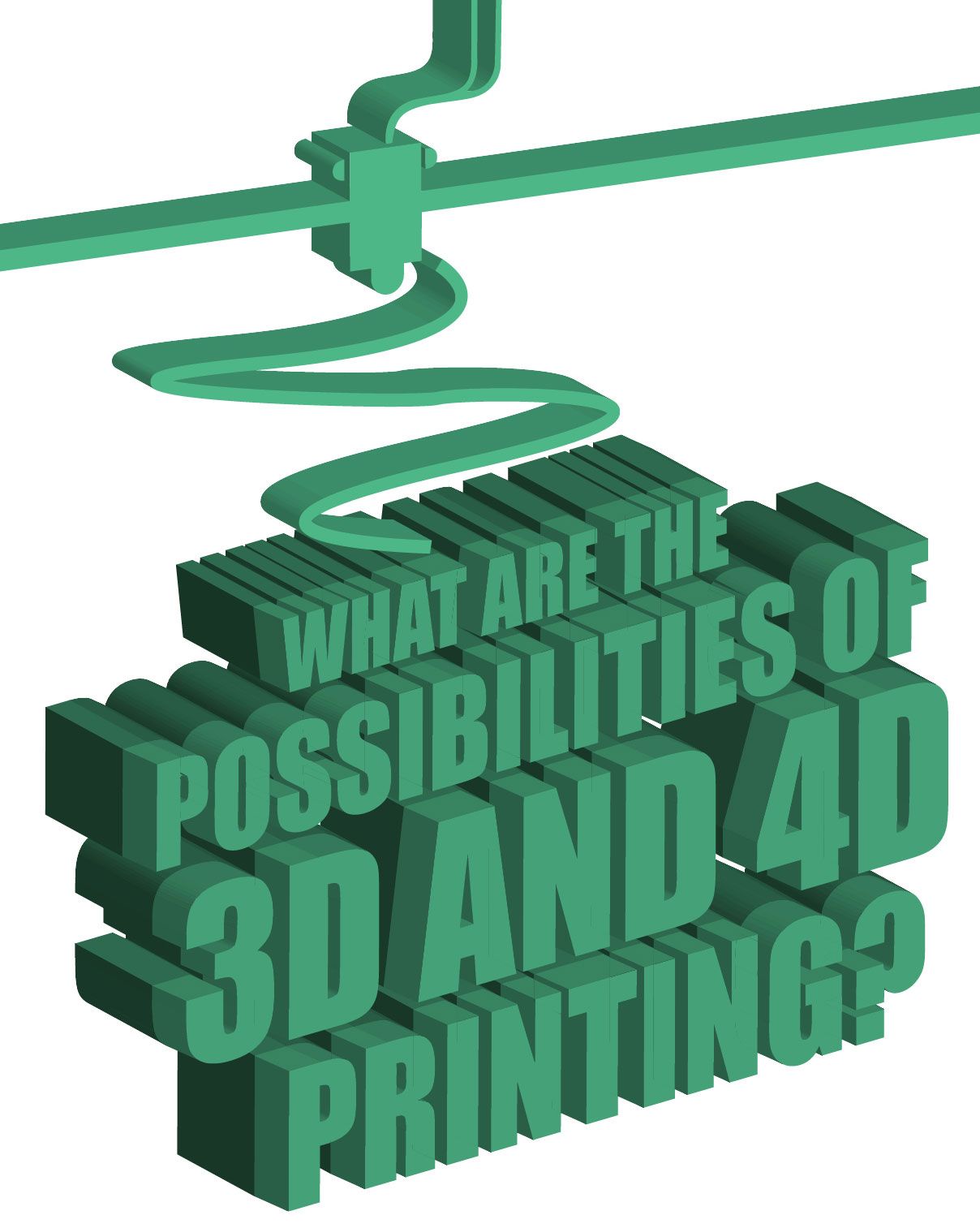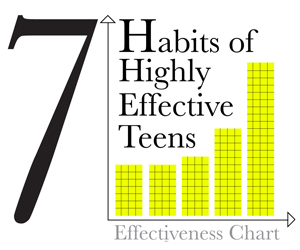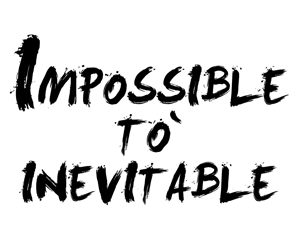
3D printing has grown in sophistication since the late 1970s. In the last few years, 3D printing has blasted onto the mainstream scene. It has gone from a technology primarily known only among techies and investors in such companies as 3D Systems and Stratasys to one that’s making headlines in just about every corner of life and industry, from healthcare, education, and entertainment to aerospace and auto.
This is because in recent years, there have been huge technological leaps made in 3D printing. As a result, the number of applications for this innovative technology has expanded, and it promises to increase exponentially as further advances are made. From well-established entertainment titans like Walt Disney to budding biotechs like Organovo, 3D printing’s impact has been broad and deep.
Over the past 5-years developments have included:
Walt Disney developed its own 3D printing technology, called “Printed Optics”. Disney has been using 3D printing for some time for a range of uses. Disney has demonstrated the Printed Optics technology by 3D-printing fiber optics to create animated eyes for interactive toys, though the technology’s applications are broad. Printed Opticsis part of Disney’s long term vision to produce interactive devices that are completely 3D-printed.
4D-printing was introduced by Skylar Tibbits, director of the Self-Assembly Lab at MIT. 4D-printing brings in another dimension: time. This emerging technology will let us print objects that can reshape themselves or self-assemble based on specific conditions. Imagine a printed cube that folds before your eyes, or a printed pipe able to sense the need to expand or contract. 4D-printing is an incredible technology that is still being tested

The Food and Drug Administration (FDA) of the United States approved the first 3D-printed drug. The drug, called Spritam, was developed by Aprecia Pharmaceuticals and is used to treat epilepsy. The company manufactures the drug using its own technology, called ZipDose, which is based on a technology that was developed by the Massachusetts Institute of Technology (MIT). The process produces a porous tablet that rapidly disintegrates with a sip of liquid. Spritam should benefit epilepsy patients who have dysphagia, a condition that makes it difficult to swallow pills, as the pills melt in one’s mouth.

The first 3D-printed object made from asteroid material was revealed by companies Planetary Resources and partner 3D at the Consumer Electronics Show. The asteroid material was sourced from an impact near Argentina and included iron, nickel, and cobalt – materials similar to refinery-grade steel. The material was crushed, powdered, and then printed using a 3D-printer into a spacecraft prototype. The Planetary Resources company is building spacecraft for mining asteroids, which could be a profitable business because of the unlimited resources in space.
 3D-printed human structures were successfully implanted in animals using the Integrated Tissue and Organ Printing System developed by Wake Forest Institute for Regenerative Medicine. A research team 3D-printed human bone, ear, and muscle structures and implanted them into select animals, such as mice and rats. In February 2016 they had been fully functioning for several months. The implanted structures successfully grew into functional tissue, forming blood vessels and integrating into the animal’s body. This achievement, moves the research one step closer to the goal of being able to 3D-print human organs for transplants.
3D-printed human structures were successfully implanted in animals using the Integrated Tissue and Organ Printing System developed by Wake Forest Institute for Regenerative Medicine. A research team 3D-printed human bone, ear, and muscle structures and implanted them into select animals, such as mice and rats. In February 2016 they had been fully functioning for several months. The implanted structures successfully grew into functional tissue, forming blood vessels and integrating into the animal’s body. This achievement, moves the research one step closer to the goal of being able to 3D-print human organs for transplants.
 The first 3D printing facility in space is now commercially available. The International Space Station is now equipped with a permanent “Additive Manufacturing Facility,” including a 3D-printer. The printer had to be specially built to function in a zero-gravity – or “zero G” – environment. This 3D-printer is only the second 3D-printer ever to be launched off Earth. The first was September 2014 as part of the company’s “3D-Printing in Zero-G Experiment”.
The first 3D printing facility in space is now commercially available. The International Space Station is now equipped with a permanent “Additive Manufacturing Facility,” including a 3D-printer. The printer had to be specially built to function in a zero-gravity – or “zero G” – environment. This 3D-printer is only the second 3D-printer ever to be launched off Earth. The first was September 2014 as part of the company’s “3D-Printing in Zero-G Experiment”.
These latest 3D and 4D-printing developments are really stretching the imagination. What other ideas do you think this technology can be used for?


















